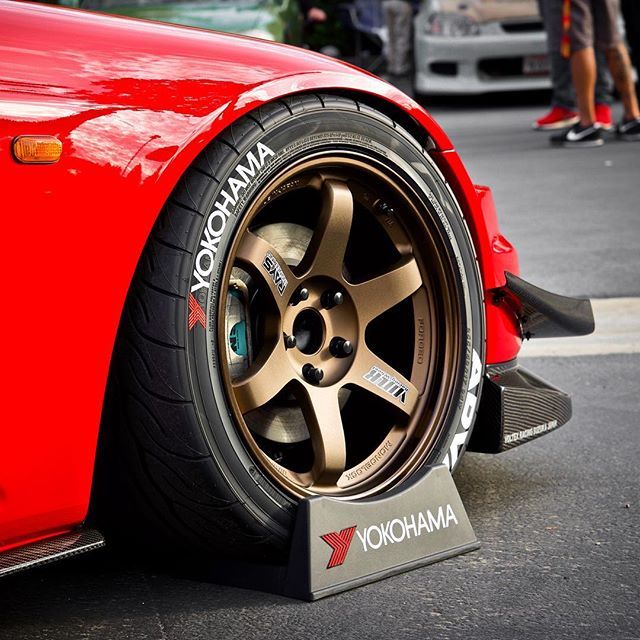Affiliate disclosure: Automoblog and its partners may be compensated when you purchase the products below.
Yokohama tires are an excellent option for the eco-conscious driver. The company is one of the most sustainable tire manufacturers in the industry, both in its production and its products.
In this Yokohama tires review, we’ll take a look at the brand as a whole, discussing the company’s background, its industry ratings, most popular models, tire costs, and more. Tires are often an expensive investment, so it’s worth taking the time to research different companies before deciding which tire is best for you.
Our review team researched and ranked the best tires and brands on the market. Yokohama tires ranked eighth in our review. If you’d like to know what companies beat out Yokohama, we encourage you to read the article. You can also compare tire brands at TireRack.com.
Founded in 1917 as a joint venture with BFGoodrich, Yokohama is a Japanese tire manufacturer headquartered in Tokyo. In the ‘80s, after establishing itself as a credible U.S. tire manufacturer, Yokohama split from BFGoodrich. Currently, Yokohama is the eighth-largest tire manufacturer in the world, according to the 2019 Tire Business Global Tire Company Rankings.
Yokohama is one of the more sustainable tire manufacturers in the industry. The company has made efforts in recent years to reduce greenhouse gas emissions and landfill waste as well as lowered many of its models’ rolling resistance to increase fuel efficiency.
Across the board, Yokohama produces high-quality models including some of the best all-season tires, all-terrain tires, and winter tires on the market.
Like all tires on the road today, Yokohama tires are graded for quality based on an evaluation system created by the National Highway Traffic Safety Administration (NHTSA). This system is called Uniform Tire Quality Grading (UTQG), and it grades tires – except specialized tires – based on their treadwear, traction, and temperature resistance.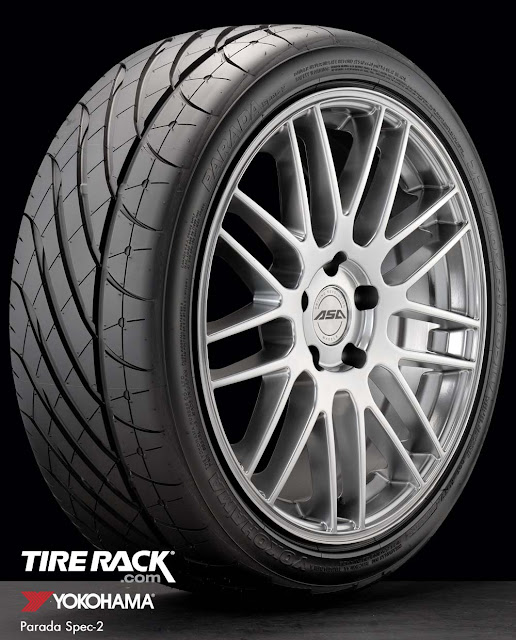
Here’s an explanation of the UTQG grading system:
Treadwear: This grade estimates the longevity of your tires. To calculate treadwear, tires are measured against a control tire given a rating of 100. If a tire has a 500 treadwear rating, that means it lasted five times longer than the control. Most passenger tires have between a 300 and 500 treadwear rating, according to data from SaferCar.gov.
Traction: This grade measures how well your tires “grip” a wet road. Traction grades are given on a scale of AA, A, B, or C. Good day-to-day passenger tires typically receive A ratings.
Temperature: This grade evaluates a tire’s heat resistance on a scale of A, B, or C. Tires need to withstand different temperatures based on their specialization. High-performance tires, for example, usually move at much higher speeds than all-season tires, and in turn, have higher temperature ratings.
It’s important to note that the NHTSA does not oversee UTQG tests. Manufacturers and independent companies hired by brands are responsible for tire testing and reporting.
Manufacturers and independent companies hired by brands are responsible for tire testing and reporting.
Below, we’ve listed a few top-rated Yokohama tire models and their treadwear, traction, and temperature scores using data from SaferCar.gov.
| Yokohama Tire Model | Tire Type | Treadwear Score | Traction Score | Temperature Resistance |
|---|---|---|---|---|
| AVID Touring-S | Passenger Standard touring All-season | 620 | A | B |
| Geolandar A/T G015 | Light truck/SUV All-terrain | 600 | A | B |
| ADVAN Sport A/S | Passenger Ultra-high performance All-season | 180 | A to AA | A |
| Parada Spec-X | Light truck All-season | 420 | A | A |
If you want to know the UTQG scores for your current tires, they can be found on the tires’ sidewalls.
The most popular Yokohama tires span a few tire categories. Though the tire manufacturer is known for its performance and touring tires, its highest-rated tires include an all-terrain tire and a sporty truck tire as well.
Backed by Tire Rack customer reviews and industry ratings, here are Yokohama’s four most popular tires:
Each of these Yokohama tire models holds at least a 4.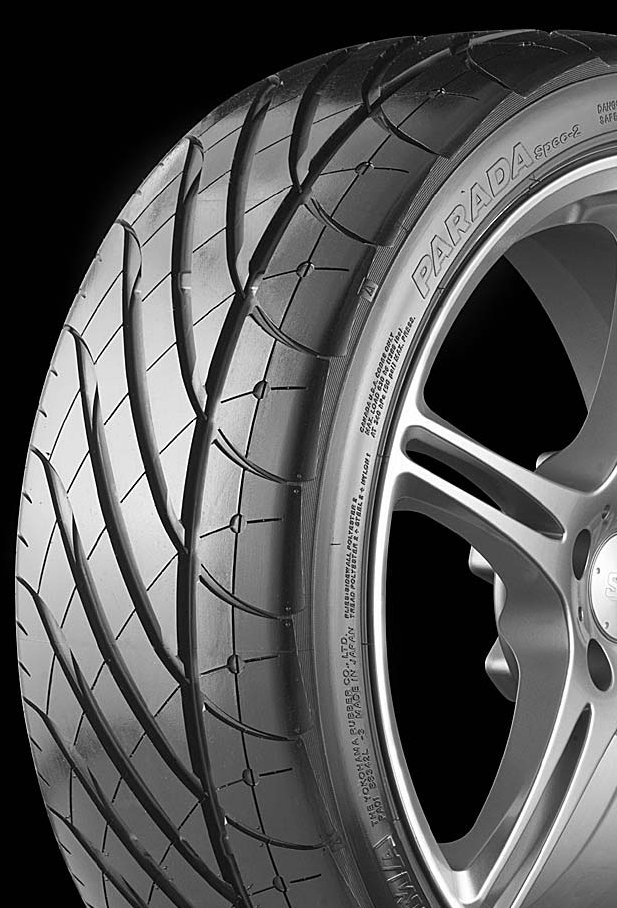 0 out of 5.0-star rating from customers on Tire Rack, as well as excellent industry reputations.
0 out of 5.0-star rating from customers on Tire Rack, as well as excellent industry reputations.
Yokohama mainly produces replacement tires but has stepped into the original equipment (OE) tire space relatively recently. According to a 2020 Modern Tire Dealer interview with Yokohama president Jeff Barna, the company expects substantial growth in OE partnerships moving forward.
Yokohama’s tread life warranties are standard in the industry, averaging around 50,000 miles. The tire manufacturer’s six-year limited warranty for replacement tires is also in line with competitors.
Yokohama tires aren’t the cheapest, nor are they the most expensive. However, the company’s more resilient tires offer great long-term value. In a 2016 Consumer Reports study comparing all-season tires’ cost versus longevity, the Yokohama AVID Ascend (T) tire came in second place. Though the tire cost $93, it lasted for 85,000 miles.
Here are the costs of Yokohama’s most popular models on Tire Rack:
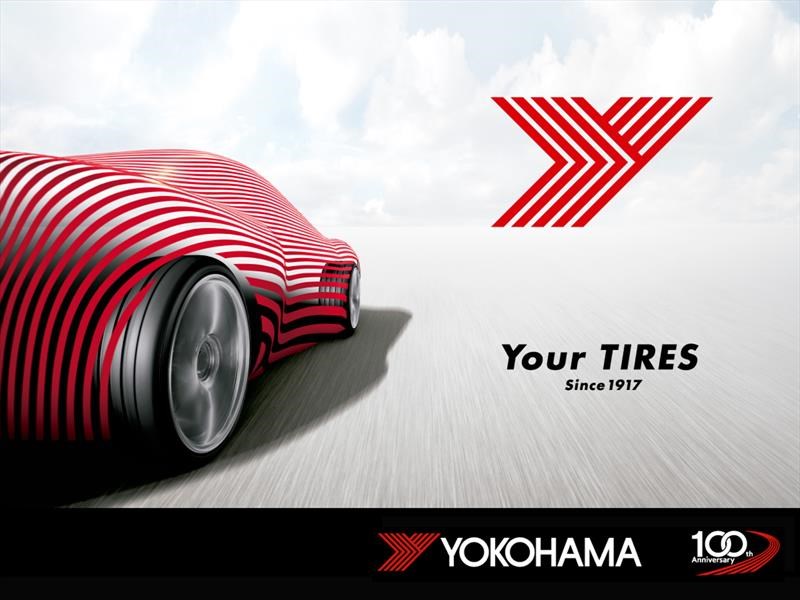 69 (P205/60R16)
69 (P205/60R16)Yokohama tire reviews are mostly positive, though the company’s performance tires tend to have higher ratings than other models. In the J.D. Power 2020 U.S. Original Equipment Tire Customer Satisfaction StudySM for passenger tires, which rated tires based on wear, ride, traction, handling, and appearance, Yokohama scored 718 out of a possible 1,000 points. This score was above the industry average – 712 points – placing Yokoma just behind Pirelli, Michelin, and Firestone tires.
Below are a few customer reviews from Tire Rack to give you a better idea of how Yokohama tires perform on the road.
“[Yokohama’s Parada Spec-X] tires made my Camaro ride like a dream. [They are] so smooth and responsive. The grip felt so sure-footed on dry roads, it felt like it could climb a wall and looked good, too. They shed water like nobody’s business and worked very well on sandy roads and light snow.”
The grip felt so sure-footed on dry roads, it felt like it could climb a wall and looked good, too. They shed water like nobody’s business and worked very well on sandy roads and light snow.”
– via Tire Rack
“I bought [Yokohama AVID Ascend GT] tires mostly looking for low noise, decent traction and excellent tread wear. They have not disappointed … I feel confident that they enhance the safety of [my wife’s] car and perform better than most every tire that we have installed on her 150,000-mile car.”
– via Tire Rack
“While I had high hopes for this tire, after just eight track days it started to become much stiffer and no longer delivered the ultimate grip that it had when I first bought it. Looking over other reviews, it seems that heat cycling (from successive track days) is the ultimate death for the [Yokohama ADVAN A048].”
– via Tire Rack
“The big problem [with the Yokohama Advan Sport] is that the rubber is so soft that you should expect to have them last two summers or 10,000 miles, whichever comes first. At the beginning of September, I was driving under wet conditions (not monsoon but a mild steady rain) and at 70 mph, my car began hydroplaning and then fishtailing wildly.”
At the beginning of September, I was driving under wet conditions (not monsoon but a mild steady rain) and at 70 mph, my car began hydroplaning and then fishtailing wildly.”
– via Tire Rack
We rate Yokohama tires 4.0 out of 5.0 stars. We like the company’s wide tire variety and steps toward sustainability. Many Yokohama models are well priced, though tread life warranties are relatively standard and Yokohama customer reviews aren’t as high as other providers we’ve reviewed.
To start shopping for Yokohama tires, visit TireRack.com.
If you’re looking for other top-rated tire manufacturers to compare with Yokohama, we recommend Michelin and Cooper. Both companies are well-regarded in the industry but cater to different needs. Michelin tires are durable and long-lasting, and the company has a wide range of high-quality models. However, if you’re looking for an affordable alternative, we recommend Cooper tires.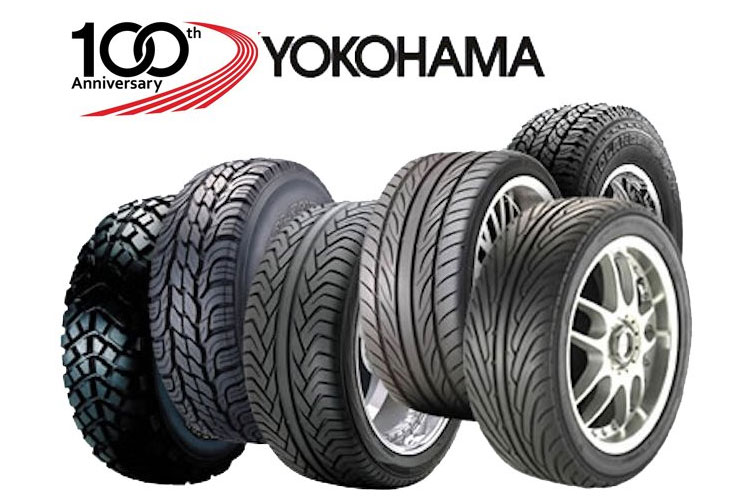
In our recent industry-wide review of the best tires, we named Michelin the best overall brand on the market. We like the company’s tire variety, durability, and century-long history in tire manufacturing and production. Whether you need an all-season tire or an all-terrain tire, Michelin has plenty of choices.
Shop for Michelin models on TireRack.com.
Cooper tires are a great choice if you’re looking for affordability. For passenger and light truck/SUV tires, Cooper models are always competitively priced. However, the company specializes in replacement tires, so you’re out of luck if you want to purchase an OE tire.
Shop for Cooper models on TireRack.com.
Performance
Performance
Passenger
Passenger
SUV & Crossover
SUV & Crossover
Truck
Truck
Minivan
Minivan
Competition
Competition
We put 50+ years of motorsports experience into every performance tire that you can drive on the street.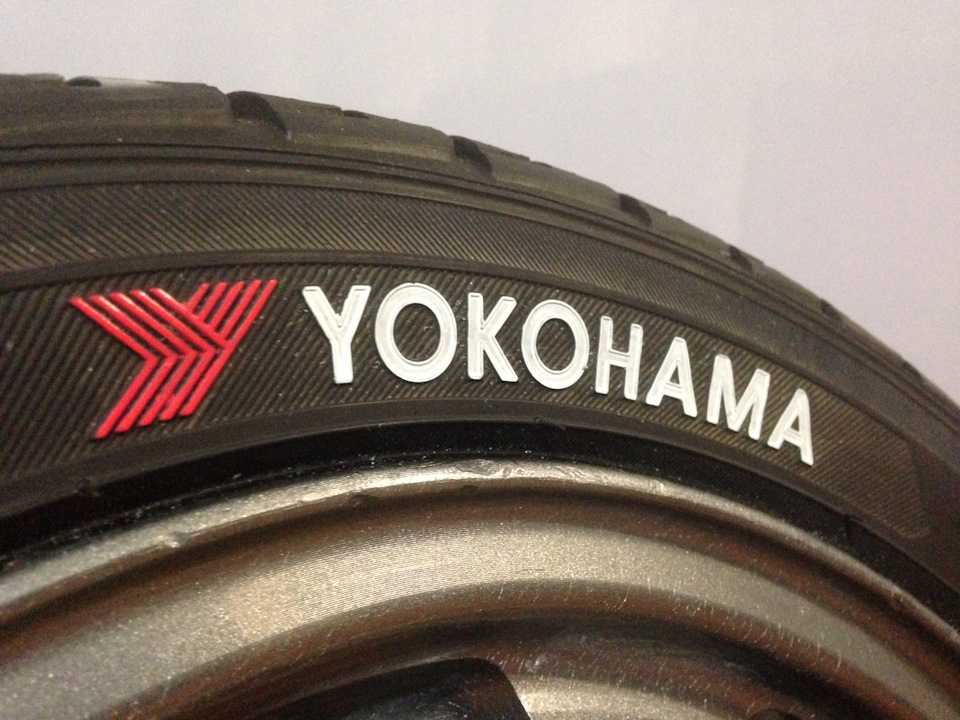
Even our passenger car tires are designed to perform. From all-season grip, to fuel efficiency, comfort, and durability, Yokohama has you covered.
Give your crossover or SUV a confidence-inspired ride with a range of tires that deliver the best in capability, comfort, handling, and fuel efficiency.
Delivering the ultimate in strength and durability, Yokohama light truck and pickup truck tires are as capable as the trucks they were built to fit.
Family life never slows down and neither do we when it comes to developing tires that you can trust to protect your precious cargo.
All-season touring performance with a quiet ride, long tread life and confident year-round handling.
Nothing rewards your passion for extreme grip and high speeds like the race-ready ADVAN A052.
Built specifically for on-track racing with competitive performance and fast lap times.
All-season touring performance with a quiet ride, long tread life and confident year-round handling.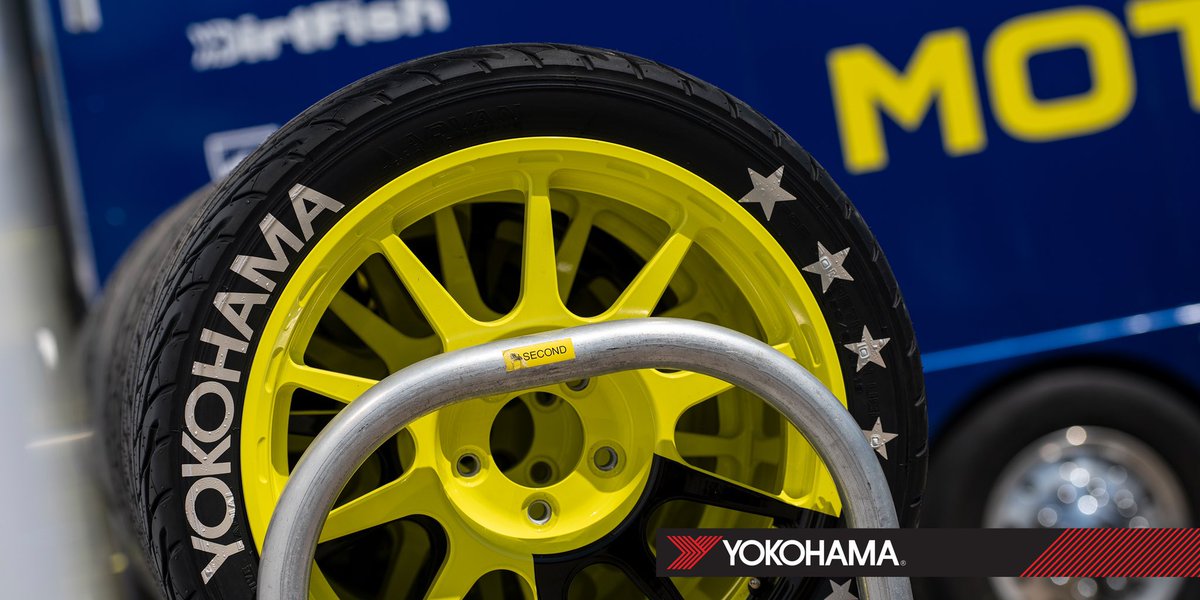
A high-performance summer tire that delivers efficient wet and dry handling.
Finish first with a tire that delivers a performance trifecta: high mileage, comfort and handling.
The all new YK-CTX® provides powerful grip, precise handling, reliable mileage and a quiet, comfortable ride.
With a new compound and construction, the ADVAN Sport® V107 is built to provide drivers of high-performance sedans, CUVs and SUVs with confident performance and handling.
A next-generation touring tire that delivers all-weather performance all year long.
Long-lasting durability and confidence-inspired handling for crossovers, SUVs and trucks.
An all-weather, all-terrain tire that capably carries both on- and off-road duties.
All-season performance for highway confidence in all conditions.
The all new YK-CTX® provides powerful grip, precise handling, reliable mileage and a quiet, comfortable ride.
A next-generation touring tire that delivers all-weather performance all year long.
A premium, high-mileage, all-season touring tire that goes the distance.
Built specifically for on-track racing with competitive performance and fast lap times.
Nothing rewards your passion for extreme grip and high speeds like the race-ready ADVAN A052.
Built specifically for on-track racing with competitive performance and fast lap times.
To catalog
To catalog
Sport tiresSummer tiresTyre type
180185190195200205225230235240245250255265275295Width
303540455060560610650Profile height
ACURA ALFA ROMEO ASTON MARTIN Audi BENTLEY bmw BRILLIANCE BYD CADILLAC CHANGAN CHERY CHERYEXEED CHEVROLET CHRYSLER CITROEN DAEWOO DAIHATSU DATSUN DODGE DONGFENG D. S. DW FAW FERRARI FIAT FORD FOTON GAC GEELY GENESIS GREAT WALL HAFEI HAIMA HAVAL HAWTAI HONDA HUMMER HYUNDAI INFINITI IRAN KHODRO ISUZU IVECO JAC JAGUAR JEEP KIA LADA LAMBORGHINI LAND ROVER LEXUS LIFAN LINCOLN MASERATI MAYBACH MAZDA Mercedes MINI MITSUBISHI NISSAN OPEL PEUGEOT PONTIAC PORSCHE RAVON RENAULT ROLLS ROYCE ROVER SAAB SEAT SKODA SMART SSANGYONG SUBARU SUZUKI TESLA TOYOTA TagAZ VOLKSWAGEN VOLVO VORTEX (TagAZ) ZAZ ZOTYE AZLK GAS OKA UAZ Car brand
S. DW FAW FERRARI FIAT FORD FOTON GAC GEELY GENESIS GREAT WALL HAFEI HAIMA HAVAL HAWTAI HONDA HUMMER HYUNDAI INFINITI IRAN KHODRO ISUZU IVECO JAC JAGUAR JEEP KIA LADA LAMBORGHINI LAND ROVER LEXUS LIFAN LINCOLN MASERATI MAYBACH MAZDA Mercedes MINI MITSUBISHI NISSAN OPEL PEUGEOT PONTIAC PORSCHE RAVON RENAULT ROLLS ROYCE ROVER SAAB SEAT SKODA SMART SSANGYONG SUBARU SUZUKI TESLA TOYOTA TagAZ VOLKSWAGEN VOLVO VORTEX (TagAZ) ZAZ ZOTYE AZLK GAS OKA UAZ Car brand
Model
Model
Sometimes drivers have to install the tire on the rim themselves.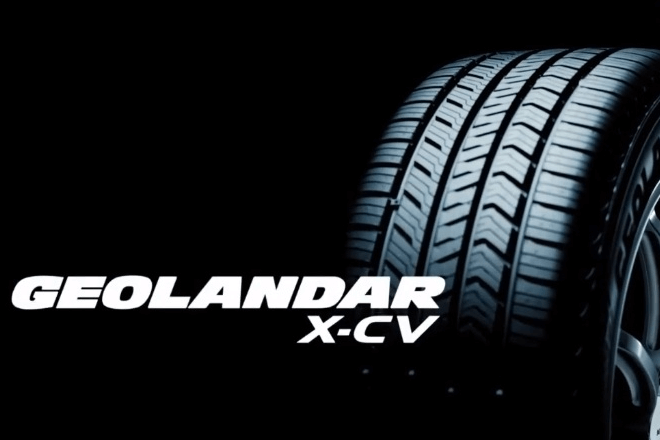 This can happen if the car was damaged away from service centers and specialized workshops. In this case, you need to know how to install the tire correctly. This information can help you out on long trips and save you a lot of time.
This can happen if the car was damaged away from service centers and specialized workshops. In this case, you need to know how to install the tire correctly. This information can help you out on long trips and save you a lot of time.
Before telling you how to install wheels, it is worth taking a brief digression into the theory. Tires fall into three categories:
 As opposed to directional tread, asymmetric tires are better suited to poorly paved roads;
As opposed to directional tread, asymmetric tires are better suited to poorly paved roads; It should be noted that the tire tread pattern is related to the cord design. In this regard, directional, symmetrical and other types of tires differ significantly from each other. Putting different models on the same axle is undesirable - this will significantly impair maneuverability and increase the likelihood of an accident.
You also need to know that a directional pattern can also be asymmetrical. In this case, you need to know how to correctly install each of the four wheels. However, such tires as a class are extremely rare. Usually they are custom-made for powerful sports cars.
It’s worth starting with a directional tread. To install this type of tire, you first need to look at its sidewall. You need to find the arrows located next to the "Rotation" symbol. They must be placed so that the tip points to the nose of the car. Sometimes the question arises, how to determine the direction of the tire if there is no arrow? It can wear out as a result of impact or normal wear and tear. In this case, you should carefully look at the directional tread pattern. It forms a pattern that resembles repeated "V"s. To know how to determine the direction of the tire, it is worth considering it as an arrow pointing forward.
Installing symmetrical tires is the easiest. Unlike directional tires, they have the same cord construction on the right and left. Due to this, they retain their properties regardless of the chosen direction.
Many motorists are wondering how to properly install asymmetrical winter tires.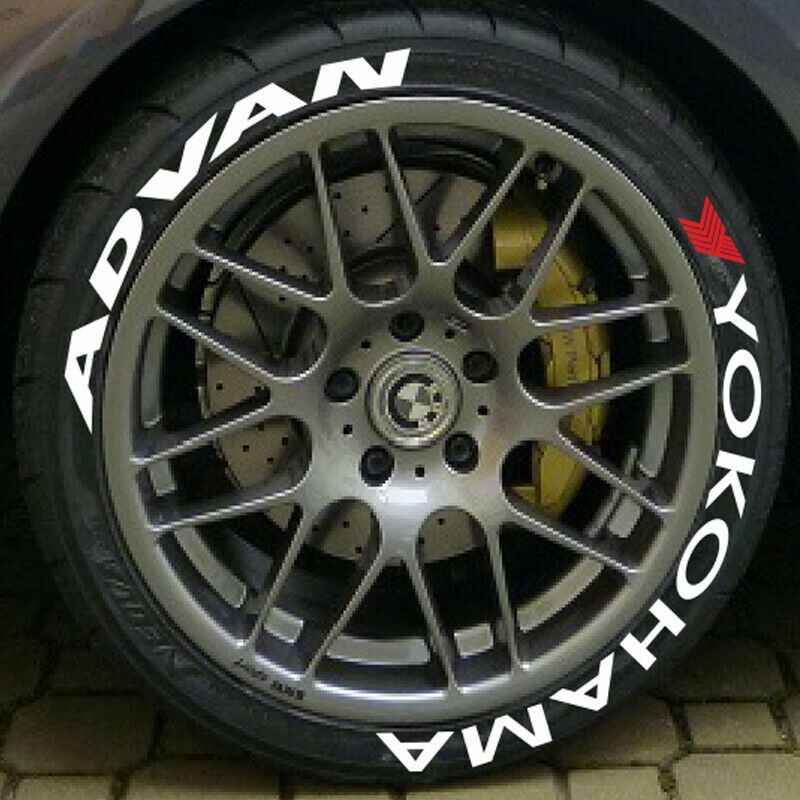 To answer it, you need to look not at the tread surface, but at the sidewalls. The inside of a car tire is labeled This side inside, Interior, Internal, Side facing inwards, and so on. How easy is it to define the inside? The inscription must contain the particle "IN". The outer part of the tire pattern is marked as This side outside, Exterior, External or Side facing outside, etc. This side of the tread of an unbalanced tire is referred to as "EX" or "OUT".
To answer it, you need to look not at the tread surface, but at the sidewalls. The inside of a car tire is labeled This side inside, Interior, Internal, Side facing inwards, and so on. How easy is it to define the inside? The inscription must contain the particle "IN". The outer part of the tire pattern is marked as This side outside, Exterior, External or Side facing outside, etc. This side of the tread of an unbalanced tire is referred to as "EX" or "OUT".
To know how to install the wheel correctly, you must also pay attention to the following points:
 They are combined with the letters "L" or with marks indicating the upper part of the disk.
They are combined with the letters "L" or with marks indicating the upper part of the disk. If you manage to properly install the tires, as mentioned above, you will greatly facilitate balancing. Thanks to this, the car will be better controlled in corners and on other difficult sections of the road.
The main feature of the directional tread is pre-set traction and water evacuation characteristics. If you put them wrong, the behavior of the machine will deteriorate significantly. This will be noticeable in skidding, hydroplaning on wet roads, vibrations, bumps and other similar problems.
It is best to have your tires fitted to your vehicle at an authorized service center or specialist workshop. Employees of such enterprises know how to handle directional tread and asymmetric design. Thanks to this, you do not have to wonder how to determine the direction of the tire and how to correctly put it on the wheel.